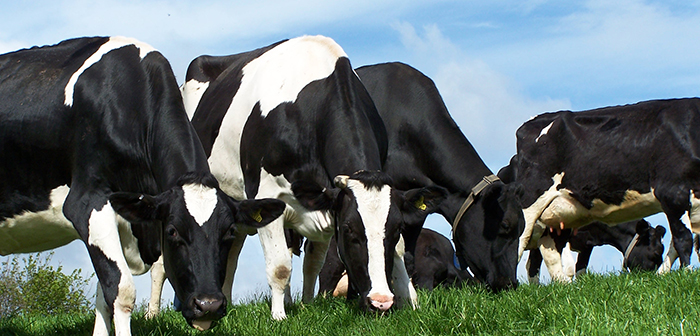In light of seasonal lower grass yields, UFAC-UK said that balancing the correct choice of energy sources and buffer feeding will be key to optimising dairy herd productivity.
Mike Chown, UFAC-UK’s ruminant technical manager, said: “To optimise productivity you need healthy, fertile cows, producing good volumes of milk with high constituent values. But, with grass yields looking lower generally, and low in fibre, this does give rise to rumen acid loading and high risk of low butter fats.
“By measuring and managing quality and quantity, grazing can be balanced with the correct choice of energy sources and buffer feeding, to ensure an effective rumen fermentation and maximise dry matter intakes (DMI).”
The grazing this summer is also high in rapidly fermentable carbohydrates (RFC’s) and adding more starches and sugars to the feed will only increase the rumen acid loading.
Mr Chown added: “To balance this, we need to add effective fibre-based feeds. A balanced, highly digestible rumen inert fat should be added, to ensure energy requirements are met and cows are kept healthy and fertile.”
Importantly at this time of the year, adding balanced rumen inert fat, which is digested in the small intestine, has the added benefit of not generating heat in the rumen.
Consequently, it does not add to the DMI reduction often seen in the summer, as a result of the increase in the temperature humidity index (THI).
Mr Chown said: “With the volatility in palm-oil prices, and the increasing concern over the environmental impact of its use, now is a good time for dairy farmers to consider alternative sources of energy.”


